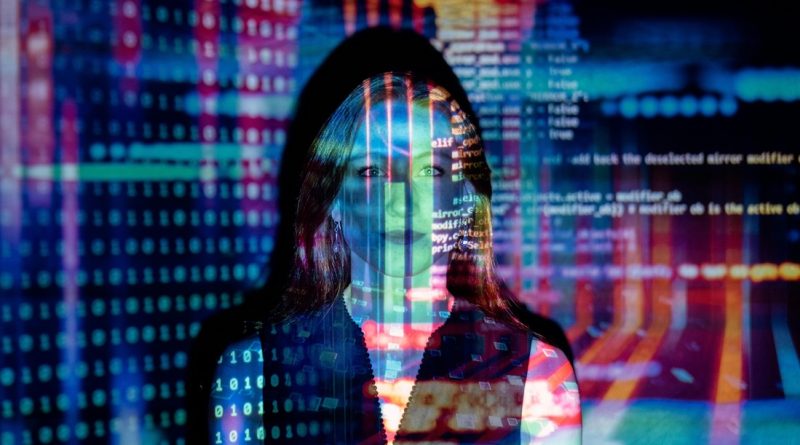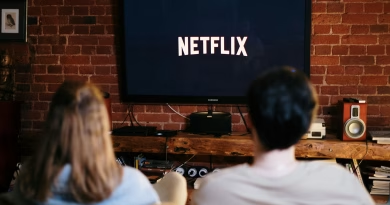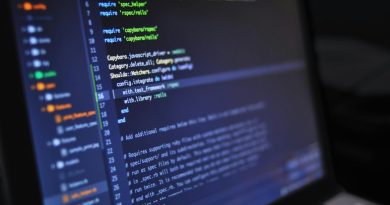Deepfake Technology: The Dangers and the Potential Creative Uses
Of all the technologies to emerge from the artificial intelligence revolution, few are as awe-inspiring and terrifying as the deepfake. It is the power to create hyper-realistic, completely fabricated video and audio of anyone, saying or doing anything.
Once a niche technique requiring immense computing power and technical skill, generative AI has now made deepfake creation accessible to almost anyone. This technology is no longer a fringe curiosity; it’s a powerful tool that is already shaping our world in profound ways, for better and for worse.
Deepfake technology represents a new frontier of both creative expression and malicious deception. Understanding its dual nature is critical to navigating the new reality it’s creating.
The Dangers: A New Frontier for Misinformation and Fraud
The potential for misuse of deepfake technology is enormous, and we are already seeing its negative consequences play out in three key areas.
- Political Misinformation: This is the most widely discussed threat. Imagine a perfectly realistic but completely fake video of a political candidate confessing to a crime or announcing a policy change days before an election. Or a deepfaked audio clip of a world leader appearing to declare war. The potential to sow chaos, manipulate elections, and erode public trust in institutions is immense.
- Sophisticated Scams and Fraud: Deepfakes are supercharging financial scams. The “urgent request from the boss” scam becomes far more convincing when it’s not a text message, but a deepfaked voicemail or video clip of your actual CEO’s face and voice instructing you to make an urgent wire transfer. This technology can also be used for identity theft and to create fake video evidence to blackmail individuals.
- Personal Harassment and Disinformation: On a personal level, the technology can be used as a devastating tool for harassment. Malicious actors can create fake, compromising videos of individuals to destroy their reputations, bully them online, or use in personal vendettas.
The Potential: A Powerful New Creative Tool
While the dangers are real, it would be a mistake to dismiss the entire technology as purely negative. When placed in the hands of artists and creators, deepfakes (often referred to as “synthetic media” in this context) can be a powerful new tool.
- Revolutionizing Film and Entertainment: The technology can be used to seamlessly de-age actors, allowing them to play younger versions of themselves without jarring CGI. It’s also revolutionizing dubbing for international films. Instead of just replacing the audio, AI can alter an actor’s lip movements to perfectly match the new language, creating a far more immersive experience for global audiences.
- New Forms of Art and Satire: Artists are using deepfake tools to create thought-provoking new forms of art and parody. It allows for the creation of satirical sketches where historical figures can “comment” on modern events, or for the creation of surreal visual art that blends and morphs familiar faces in impossible ways.
- Preserving Legacies: The technology can be used for historical or educational purposes. A museum could create an interactive exhibit where a deepfaked, historically accurate version of Albert Einstein can answer students’ questions about physics. It can also be used, with family permission, to create digital avatars of loved ones for memorial purposes.
Navigating the New Reality
The rise of the deepfake presents a fundamental challenge to our society: we are entering an era where we can no longer automatically trust what we see and hear online. This new reality demands two things.
First, we need a technological arms race, with researchers building better AI-powered detection tools that can reliably identify synthetic media. Second, and more importantly, we need a massive boost in digital literacy. We must all learn to approach online video and audio content with a healthy dose of skepticism, to question the source, and to look for confirmation before we believe—and especially before we share.
Deepfake technology is a classic double-edged sword. It holds the potential for incredible creativity and connection, but also for unprecedented deception. Learning to separate the two is one of the most critical skills of the modern age.




